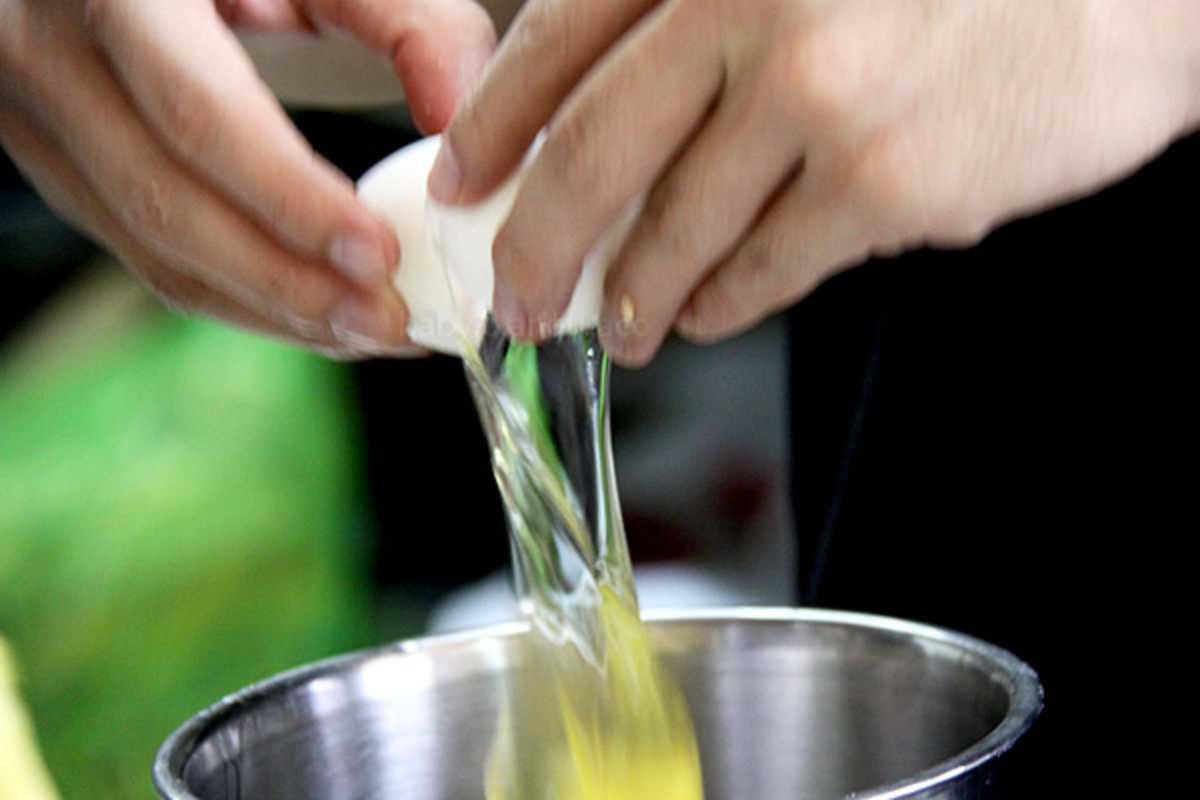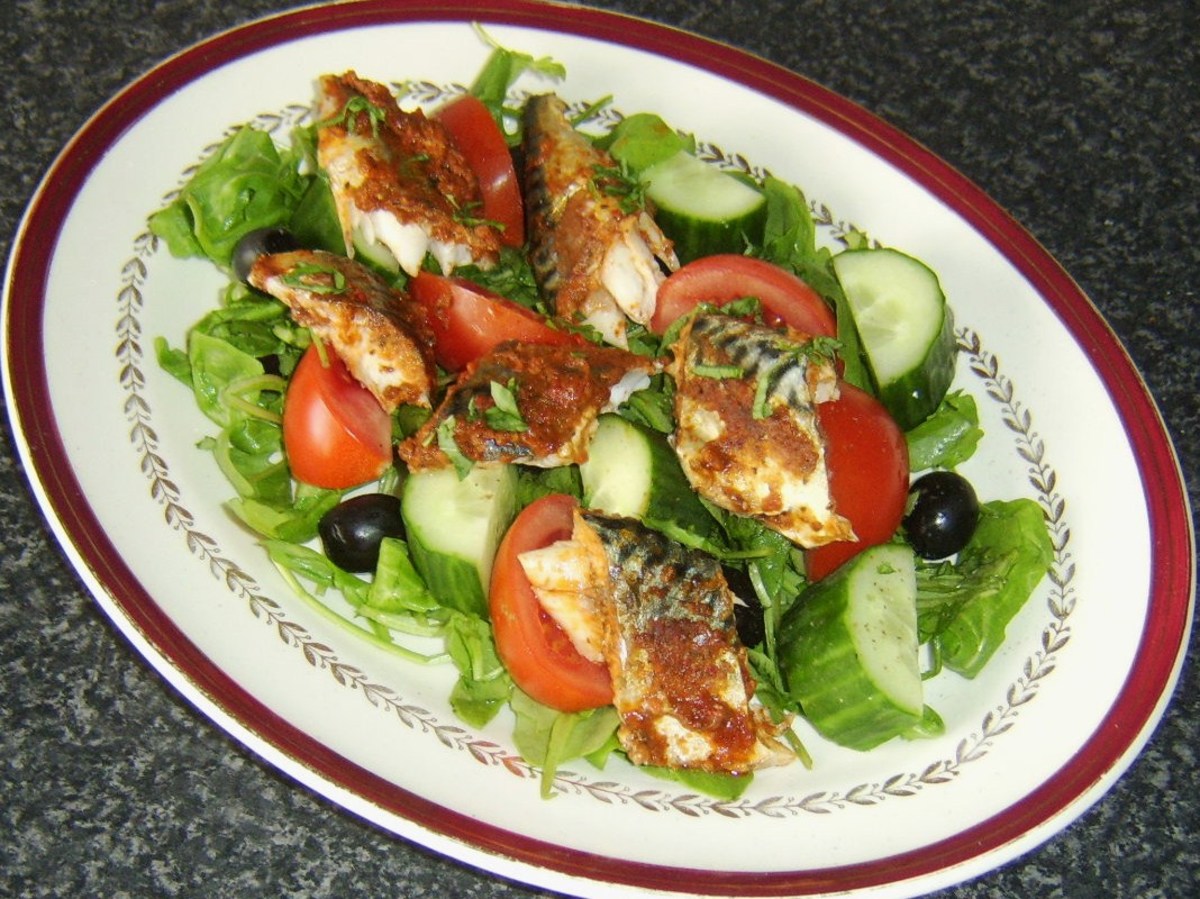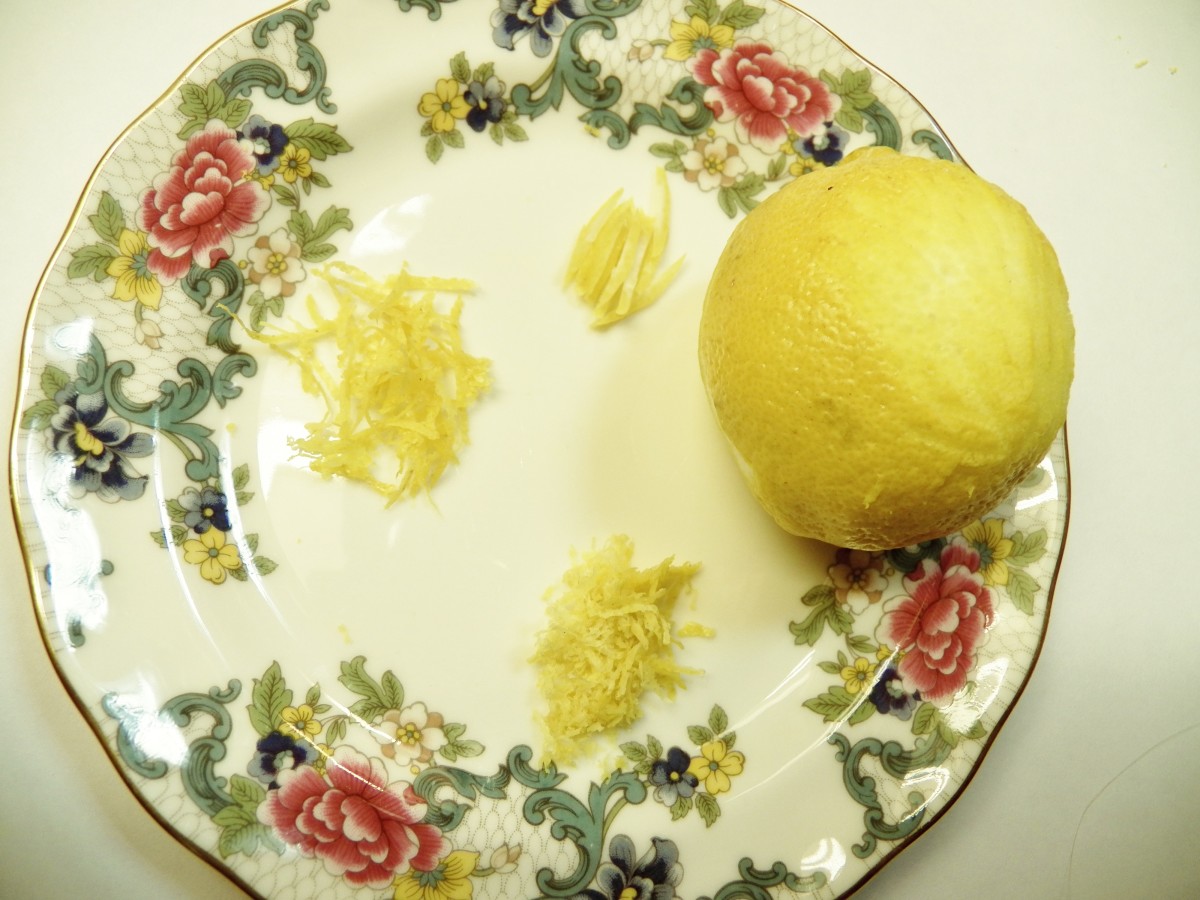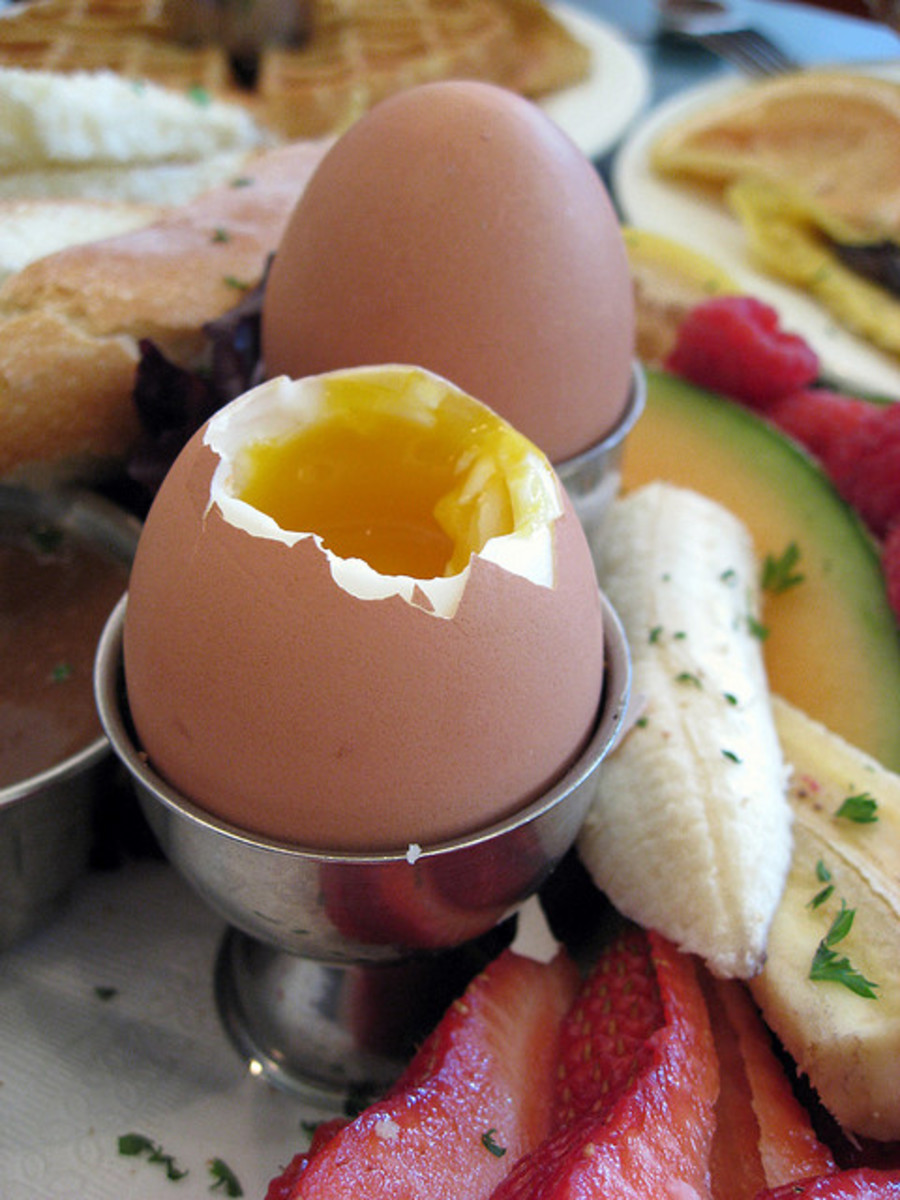From carry-out to home cooked meals
Lots of people have become addicted to carry-out meals. After all, it's fast, convenient, and the food tastes good. The food industry has found ways of layering fat, sugar, and salt to make their products taste as good as possible. Deliberately or not, they have triggered prehistoric parts of our brain that caused our ancestors to overeat in times of abundance. Back then, those didn't last long. Now, we can feast whenever we want. And so industrial food is, quite literally, addictive.
We can't break a food addiction cold turkey. We all have to eat. Meanwhile, there are lots of reasons why some people are beginning to want to pull away from the costly convenience of carryout. Some people want to lose weight and have a healthier diet. Others want to cut back on the expense of eating out all the time. Still others remember family meals as a social time and want to get back to it.
Whatever the reason, becoming a cook instead of drive-by hunter can be scary. Not only are there psychological issues to overcome, but many people don't know how to cook at all and worry about not being able to provide the variety of foods and tastes that they are used to.
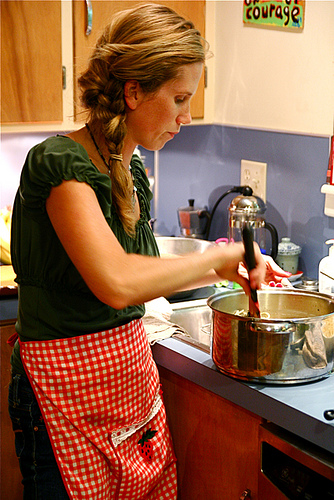
Basic cooking techniques
Fortunately, mastering a very few cooking techniques can provide that variety. Here are a few:
Boil or steam
There's something called "New England Boiled Dinner," but you will usually not boil anything but vegetables or pasta. For pasta, just follow the directions on the package.
For most vegetables, I recommend starting with frozen one, at least until you have a feel for how long to cook them. Again, follow the directions on the package. You'll need to start with fresh potatoes and sweet potatoes, though. They'll take about 15-20 minutes, depending on how small you cut them.
Steaming requires nothing more than an insert that will fit in your pot. You'll use only a little water. The water won't come high enough in the pot so that it actually touches the food. Bring the water to a boil, reduce the heat, and put a tight-fitting lid on the pot. You can steam any fresh or frozen vegetable. You can also steam any kind of fish you like.
Boiling and steaming are reasonably foolproof so long as you pay attention to time. There is a window between undercooked and disgustingly mushy that you have to find, but the package will tell you. After a while, you'll just know what it is. At that time if you want fresh veggies, go for it!
Roast
You can roast several different cuts of meat or fish in the oven. You can also roast slower-cooking vegetables like potatoes and carrots. If you live alone, use a toaster oven instead. It takes much less energy, and therefore a lower hit on your utility bills.
Different meats require different temperatures. Cooking time will be measured in so many minutes per pound. These temperatures and times are easy enough to find online. So long as you pay careful attention to time and temperature, it's hard to go wrong.
"Roast" implies dry heat. You can also cook certain things in liquid in the oven. That's called pot roasting. Again, if you follow directions and pay careful attention to time, temperature, amount of liquid, and whether to cover the roasting pan or not, it's fool proof. When the food is cooked, you can easily make gravy from the liquid. More on that later.
The cook in the video below has cut up the pot roast into smaller pieces before browning it and adding it to the pot. I have no idea why. Just brown the whole roast for 3-4 minutes on each side. By the time the meat is done, you'll be able to cut it into portions with the serving spoon.
Pan fry
Pour a little oil in a skillet, and when it's hot, you can cook all kinds of things in it: pork chops, chicken, several kinds of fish, sliced potatoes, and so on. You have to keep watching it, monitoring the temperature, and perhaps turning it. Otherwise it will burn and smell up your kitchen. It's less fool-proof than boiling or roasting. It's not hard. You just have to pay attention. When you're finished pan frying, the drippings also make a good gravy.
There are plenty more basic techniques. I recommend learning how to cook rice and other grains. Follow the instructions on the package. White rice, buckwheat, and quinoa cook in about 15-20 minutes. Brown rice, among other grains, takes considerably longer. But don't bother with stuff like Minute Rice. The real thing cooks while you're doing other things. It doesn't require any last minute fussing. And it's healthier and tastes much better.
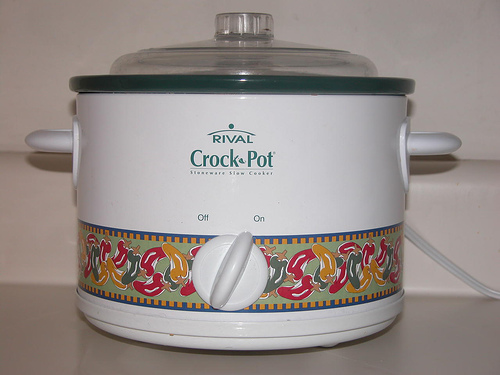
Slow cooker
Using a slow cooker isn't exactly a technique, but you can put food into a slow cooker, and it's done when you get back from work. Slow cookers usually have recipe books. I make a lot of soups in mine.
For a great vegetable soup, put some beef stew meat in the crock pot along with potatoes, sliced carrots, and green beans. If you plan to freeze the leftovers, use a turnip or rutabaga instead of the potatoes. Toss in a can of diced tomatoes, water to cover, seasoning, and turn on the slow cooker.
Bean soups are also easy. Split peas and lentils are the fast food of the bean world. They don't need to be presoaked. Soak all other beans overnight and discard the rinse water. Put the beans in the slow cooker, along with diced onion (from the freezer), minced garlic (which comes in jars), sliced carrots, seasoning, and whatever soup meat you want.
If your soup meat has bones, take the meat off them and return it to the crock. If it's really fatty meat, you'll need to defat the broth. The easiest way, alas, is to refrigerate it and take the congealed fat off later. OK, so soak the beans all day, cook the soup overnight while you sleep, and refrigerate the soup all day. You can also get a defatting pitcher or wrap ice cubes in a paper towel and skim it across the surface.
If you want to thicken the soup, simply take a wooden spoon and mash some of the beans against the side of the crock, stirring them into the soup until you get the texture you want. Or you can add a couple of tablespoons of corn starch
Once you master these basic techniques, you can learn to make a white sauce and jazz it up in various ways.
But that brings up another point. After 20 years of marriage, I live alone again. Just because I can cook well and enjoy it doesn't mean that I want to cook all the time.
So my last tip for anyone who wants to make the transition from relying on carry-out to cooking at home: once you fix something enough to know you can do it well, cook up a lot at once. Make enough for two or three meals. Don't try to freeze anything with cooked potatoes, but other than that, you can freeze most things.
That gives you all the convenience of carry-out in your refrigerator or freezer. Maybe more convenience. After all, you don't have to stop off at the fast-food place to get it.




